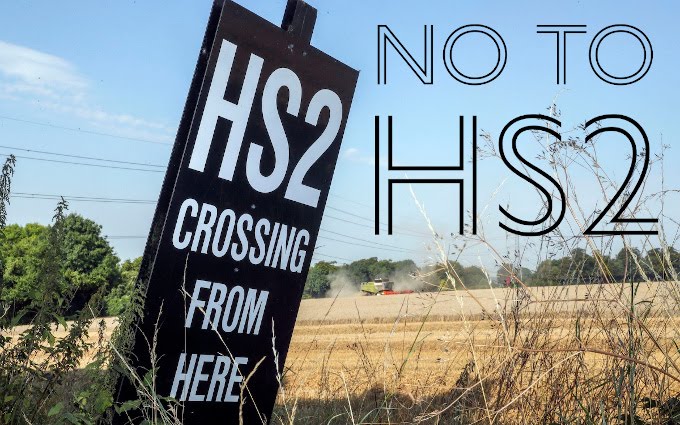
Bi-mode vehicles are electrically driven, but have an auxiliary diesel generator so can run on routes that are not electrified. An example is this modern Skoda trolleybus running in Riga, Latvia. It has just lowered its collector poles and is now running on its diesel engine.
Given the reluctance in Britain to invest in railway electrification, civil servants at the Department for Transport have been keen to apply the same principle to trains. This sounds like an excellent idea, as there is no need to waste time changing locomotives. A bi-mode train could run under electric power from London to Edinburgh and then continue on diesel power to Aberdeen. The train would have many electric motors and their associated controllers, distributed along its length. These would get their electricity either from a vehicle fitted with a pantograph and transformer, or from on-board generators.
But when the idea is looked at in detail, the concept falls apart. For trains more than five cars long, it is very much less expensive to concentrate the driving parts into a single vehicle called a locomotive. It is wasteful to drag electric traction equipment over routes which are not electrified, and it is equally wasteful to drag diesel traction equipment over routes that have been wired. Worse still, the trains will be under-powered when running on non-electrified routes, and therefore slower than trains such as the Inter-City 125. Far from getting the best of both worlds, bi-mode gets the worst.
Nevertheless, the Department for Transport persisted in promoting the concept, known as the Inter City Express Project (IEP), though one of the major manufacturers, Alstom, dropped out of the running at an early stage and the Siemens-Bombardier consortium lost in the end to Hitachi.
But the cost was so high that at the start of 2010, the government ordered a review, carried out by Sir Andrew Foster.
On bi-mode, Foster states that
"
It must be questioned however whether it is a sensible policy to be investing in IEP-specific diesel generator vehicles that will have a life of 30-40 years given the uncertainty over the future price of oil and the possibility that extended electrification might reduce the need for them after 10-20 years in service. It is technically feasible for electric trains to be hauled by a conventional diesel locomotive, specially adapted with the correct couplers, and this arrangementcould be cost effectively used for some of the services that need to run through onto non-electrified routes. Were this to be specified, the risk of the locomotives becoming obsolete after 10-20 years in service is mitigated as there is an active worldwide market for diesel locomotives."
Foster's conclusion is that
"
There are many combinations of the alternatives to IEP that are credible and could be implemented. It seems apparent that a “pick and mix” approach, selecting the most affordable and best-fit solution for each group of passenger services, could deliver the best value solution to improve the services for the passenger and increase the number of seats to allow for growth in passenger numbers."
Despite this clear rejection of the concept, Secretary of State for Transport Philip Hammond announced earlier this year that an order for 533 vehicles will be placed with Hitachi, 60% bi-mode, this being associated with agreement to electrification of the Great Western main line to Bristol and Cardiff, but not to Swansea. But this was before the release of the previous blog, confirming a minimum future life expectancy for mark 3 stock. When the implication is that perfectly good rolling stock will be sent for scrap long before its time, the entire decision needs to be viewed in a different light, especially as nothing has been signed yet.
Link to Foster review here.
